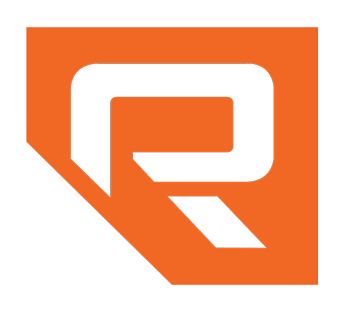USPTO Welcomes Designers to the Bar
On November 16, 2023, the United States Patent and Trademark Office (“USPTO”) officially published the final rule for “Representation of Others in Design Patent Matters Before the United States Patent and Trademark Office.” (https://public-inspection.federalregister.gov/2023-25234.pdf) The final rule amends the rules of practice in patent cases and creates a new design patent practitioner bar (“design patent bar”), and becomes effective as of January 2, 2024.
This change in the USPTO’s rules of practice expands patent practice to allow people with design-related degrees to join a new designation in the patent bar, design patent agents and design patent attorneys.
Until now, only applicants who fulfilled specific scientific and technical requirements were eligible to take the patent bar, and successful applicants were granted the right to prepare and prosecute all types of patents – including utility patents, plant patents, and design patents – as patent attorneys and patent agents. With the creation of the design patent bar, the USPTO can grant applicants with design-related degrees the right to prepare and prosecute design patents only.
To qualify for the design patent bar, the applicant must have a bachelor’s, master’s, or doctoral degree in one of the following fields or the equivalent:
Industrial design
Product design
Architecture
Applied arts
Graphic design
Fine/studio arts
Art teacher education
Design-Related Degree Not Listed?
If an applicant’s design-related degree is not specifically listed, hope is not lost. The USPTO will also accept equivalent design-related degrees outside of the ones listed above on a case-by-case basis.
An applicant who fulfills these requirements and takes and passes a registration exam is eligible to act as a practitioner only in design patent applications, other design patent matters, or design proceedings. Lastly, an individual who has fulfilled all requirements for the design patent bar is required to identify themselves by including “Design” adjacent their signature and may use the designation “Design Patent Attorney” or “Design Patent Agent” (if the individual is not an attorney).
Registration on the design patent bar does not give a design patent practitioner the ability to prepare or prosecute utility or plant patents, however. And the creation of the design patent bar does not impact the ability of traditionally-registered patent attorneys and patent agents with science and technical backgrounds to practice in any patent matters, including the ability to practice in any design patent matters.


